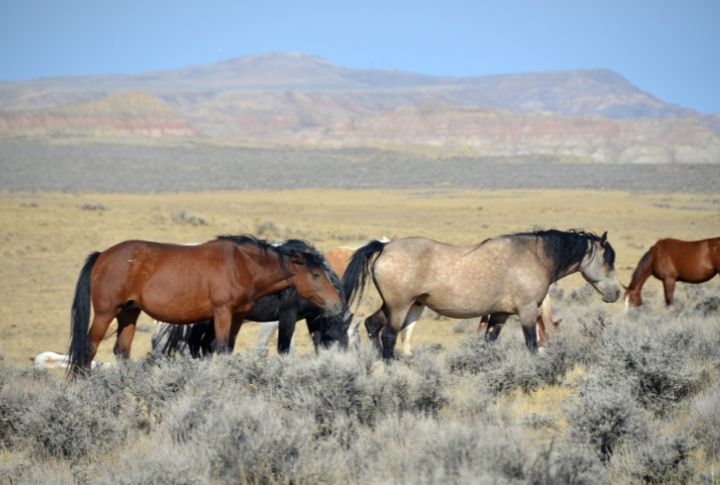
Ever wonder how two animals from the same species can live such different lives? One runs free across open plains. The other waits by a gate for breakfast. It’s not just about freedom or fences—it’s about how each horse learns, survives, and connects with the world.
Source Of Food
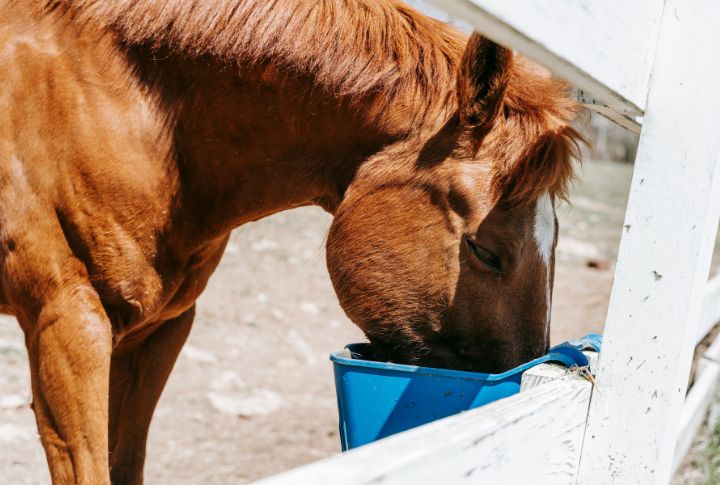
Unlike wild horses that forage freely, domesticated steeds have it much easier when it comes to meals. Their owners provide them with a nutritious range of food, ensuring they get the right fuel for growth and work. No foraging or searching is required; just a friendly human is needed to deliver the goods.
Living Conditions
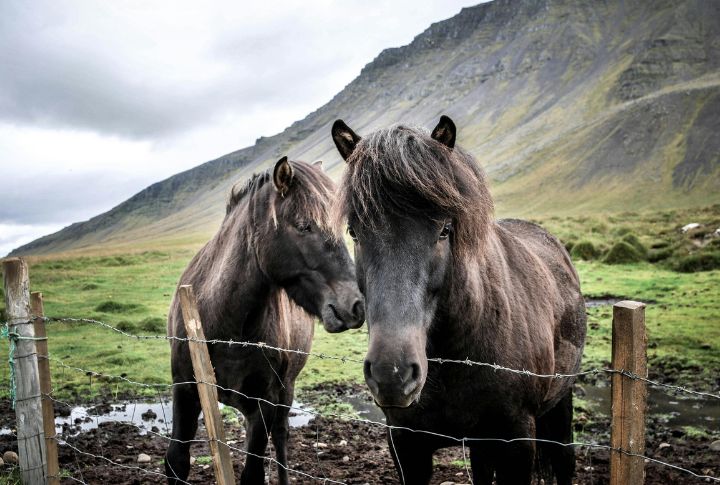
Space is important for any horse, but tame ones get their own controlled space. While Mustangs enjoy miles of open land, horses in human care live in stables or fenced pastures, which offer them shelter and safety from predators—a far cry from the freedom Mustangs know.
Saddles And Riders
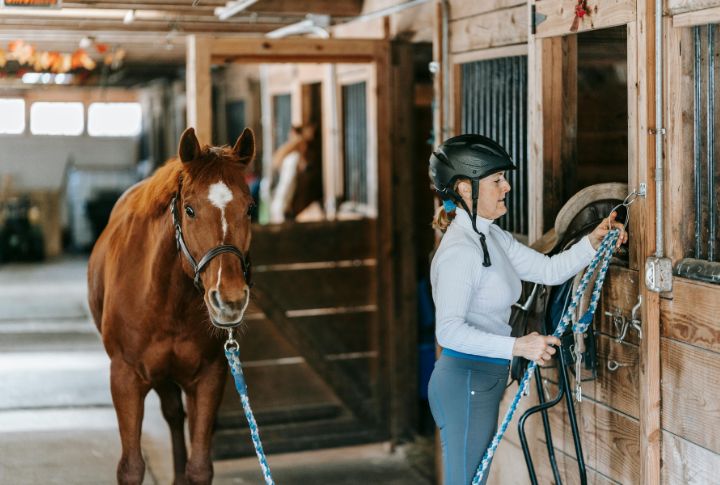
Just imagine a wild Mustang’s reaction to being saddled up—probably not pleasant. But those with owners? They’ve learned to accept saddles and riders as part of life. Over time, they’re also trained to feel comfortable treating a human as an extension of their body, a valuable partner for work and recreation.
Feeding Schedules
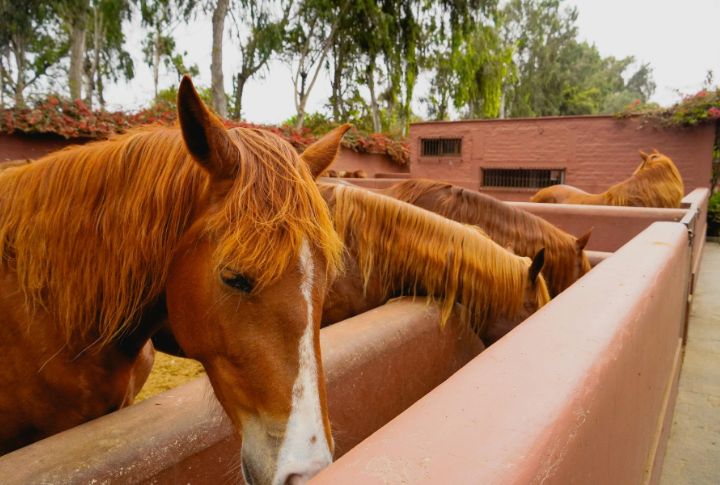
Horses on farms stick to a feeding schedule and enjoy daily meals prepared by the keepers. This predictable routine helps maintain their health and well-being, unlike Mustangs, who must maintain a survival instinct to find whatever food they can.
Difference In Hooves
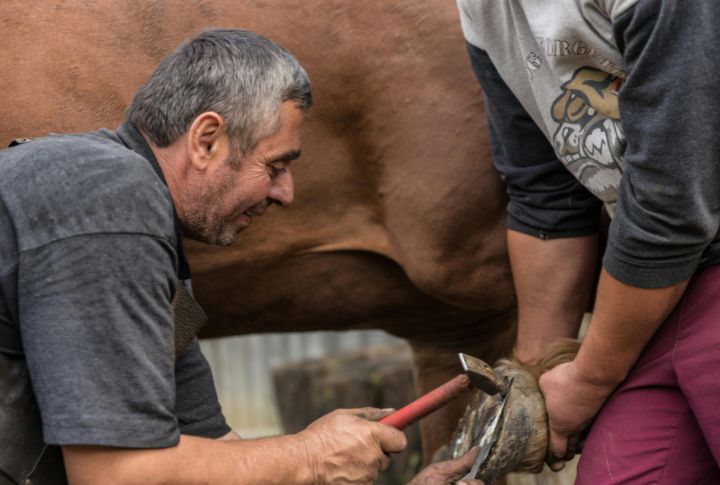
Out in the wild, Mustangs’ hooves naturally get worn down through constant movement. Tamed steeds, however, need regular trimming and care from farriers. Without proper hoof maintenance, they wouldn’t be able to perform as they should, making it an important routine of their care.
Veterinary Care
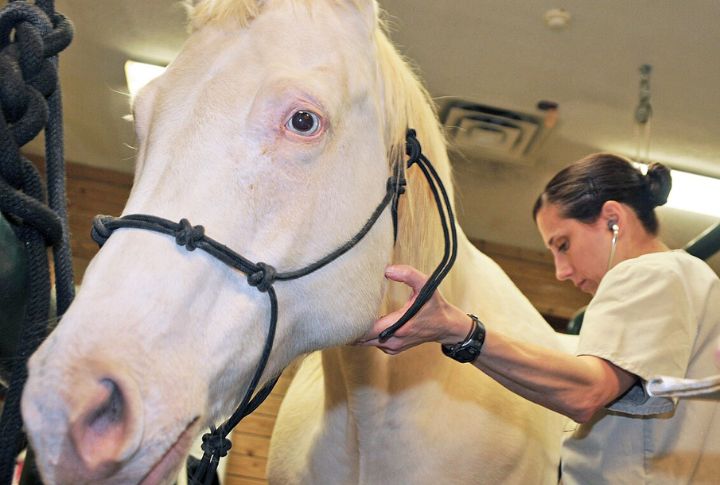
From vaccinations to checkups, frequent vet visits ensure the domesticated ones stay in tip-top shape. It’s all about keeping them strong and ready for whatever work or fun comes their way. Feral ones are more self-sufficient when it comes to their health without the need for human intervention.
Purpose Of Breeding
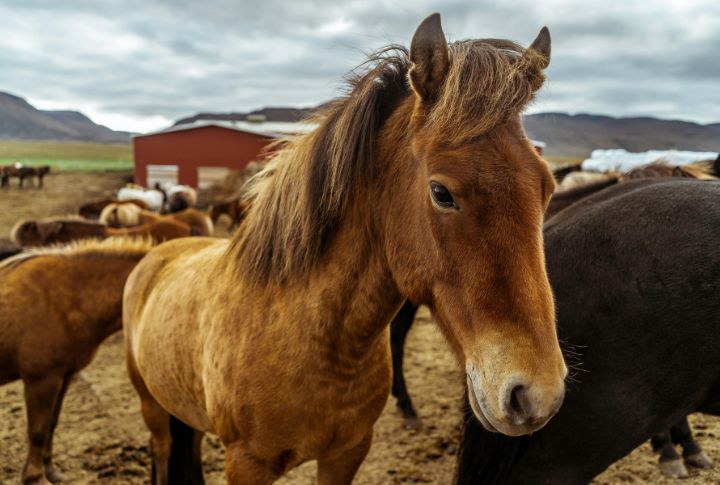
Mustangs breed naturally and follow nature’s rules of survival of the fittest. However, broken-in mounts have been selectively bred to fulfill specific roles. Whether for work or leisure, their breeding lines are designed to enhance certain traits, making them much more specialized for human needs.
Training Cues
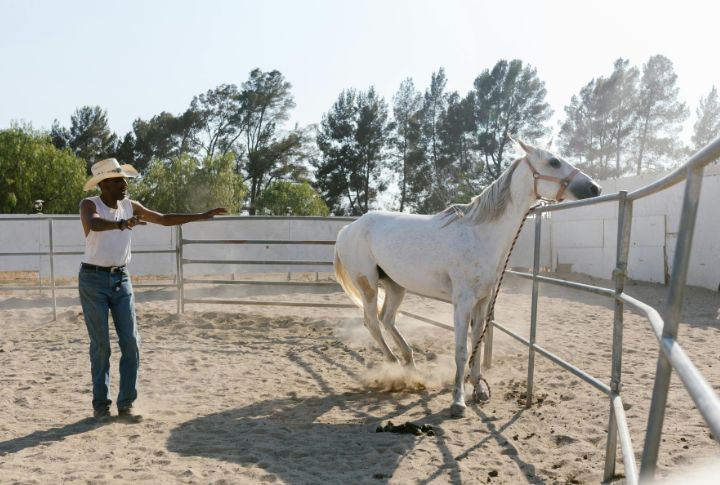
Domesticated horses are raised to respond to cues like pressure on the reins or verbal commands. This training helps them adapt to the assigned tasks, like leisurely rides or competitive events. Training a Mustang to follow a cue? That will prove to be a challenge.
Usefulness
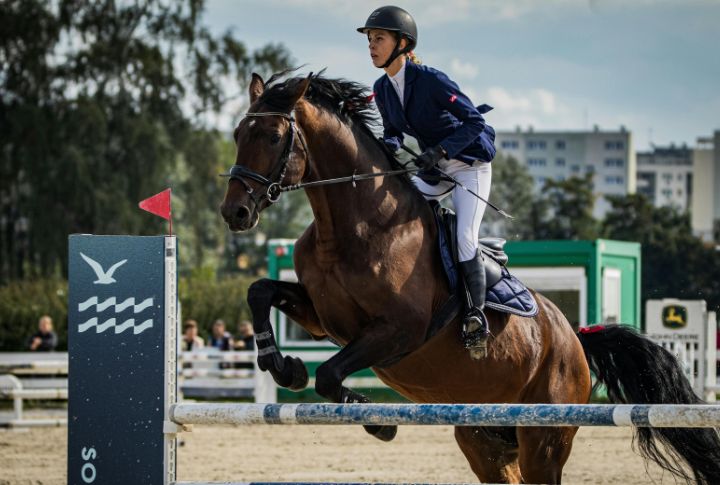
In the wild, Mustangs may run free and contribute to the natural terrain, unlike their counterparts, which are invaluable to humans in work and sport. They also carry out tasks like pulling carts, herding livestock, and competing in equestrian events. Their training and bond with humans make them reliable teammates.
Herd Arrangement

The wild ones form herds naturally, guided by instincts and survival. Tamed equines, however, are often kept in herds arranged by respective owners. While the herd dynamic still exists within them, it’s now controlled by humans who monitor the interactions to guarantee the safety and overall well-being of the horses.
Grooming Routines
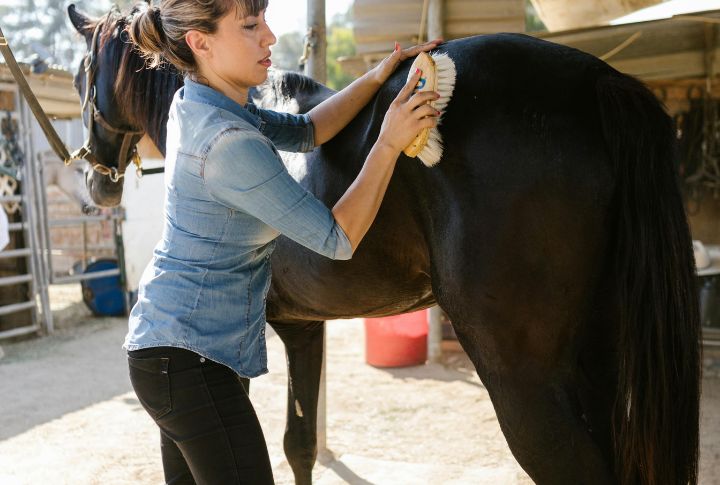
Domesticated horses require regular grooming to keep their coats healthy and clean. Owners often take this time to check for injuries or skin issues so that everything is in order. Mustangs, on the other hand, groom themselves socially within the herd, using mutual grooming and natural movement to maintain coat health without human intervention.
Immunity

Unlike in the wild, where those who run wild build some immunity through survival, horses raised by people rely on vaccinations. It is to protect them from diseases that can spread quickly in environments with many in the herd. Vaccines are just one part of a horse’s healthcare plan, so they stay healthy throughout their lives.
Reliance On Humans
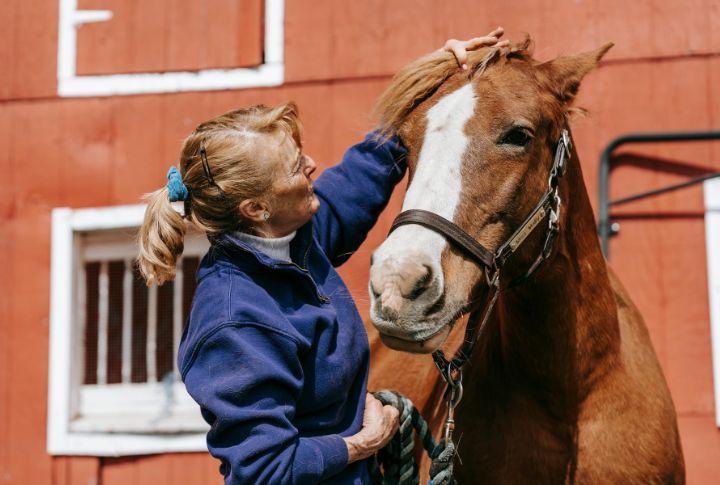
Trained steeds look to humans to keep them from harm, especially predators. This strong trust creates a close relationship with owners, who are responsible for the horses’ security and well-being. While wild beasts fend for themselves, the other kind heavily depend on their owners for safety.
Behavioral Issues
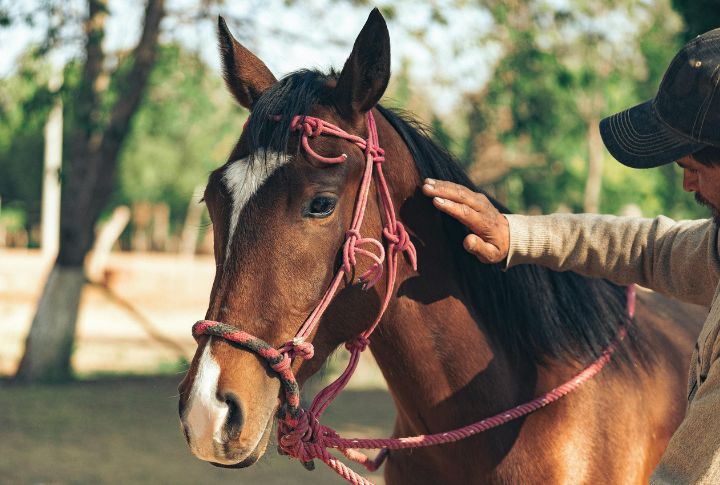
Without proper training, behavioral issues aren’t uncommon in domesticated horses. Unlike Mustangs, who develop wild instincts, mounts with owners may show signs of stress or anxiety, like pacing or biting, due to changes in their environment or lifestyle. Addressing these issues requires patience and a keen understanding of the needs.
Domestic Adaptability

Domesticated horses adapt to controlled habitats, adjusting behavior for stables, regulated feeding, and human presence. The structured environment promotes health and predictability. Mustangs, by contrast, maintain self-sufficiency in large territories. Their behavior remains shaped by resource-driven movement and herd dynamics.
Transportations
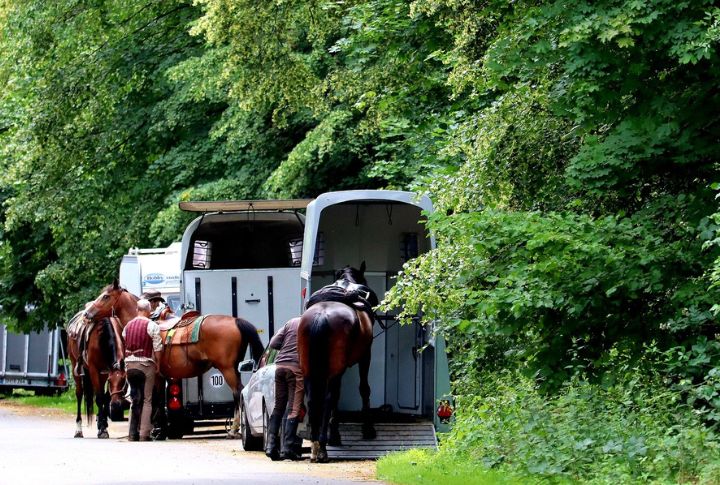
Getting a Mustang into a trailer can be quite a task, but trained ones are familiar with the process. Whether it’s for a vet appointment or simply moving from A to B, they are often transported in trailers. With careful guidance, most horses even learn to tolerate the confined space and travel, while Mustangs just run wild and free.
Help With Performance
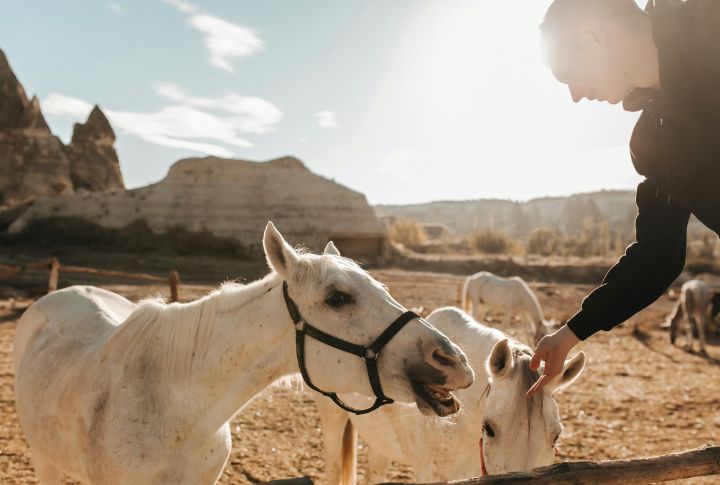
Where wild ones rely on whatever nature provides, the domesticated ones often receive supplements to support their health. These can range from vitamins to joint health formulas, particularly for those in sports or heavy work. The goal is to keep them in top shape and support their performance and recovery.
Hygiene Maintenance
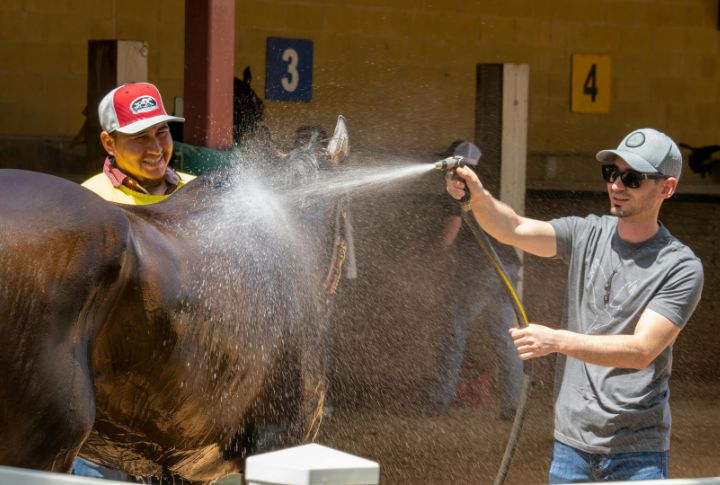
Baths are a regular part of the routine of a beast with an owner. Whether it’s competition-ready or just to stay clean, they are bathed and clipped to maintain the coat’s health and appearance. However, the feral ones only take a dip in rivers to cool down.
Daily Movements
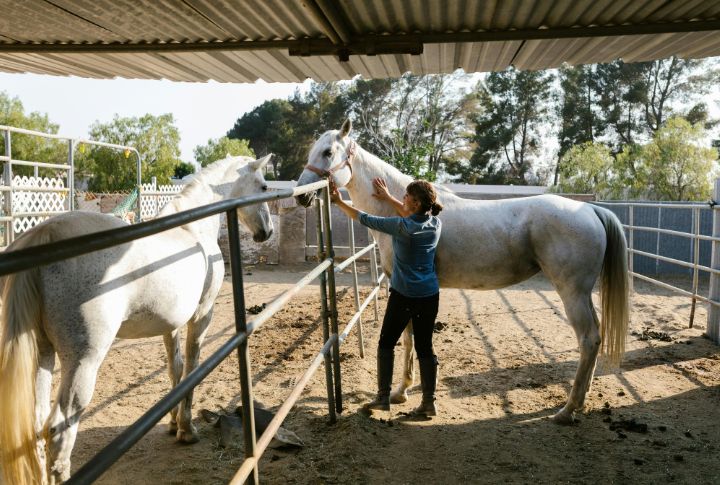
Mustangs have the freedom to roam vast lands, whereas tamed ones have limited space for daily movement. These animals may spend most of their time in a fenced-in pasture or stable. They do get exercise through training, but their daily roam is restricted. This lifestyle affects energy levels and overall physical fitness.
Human-Animal Bonding
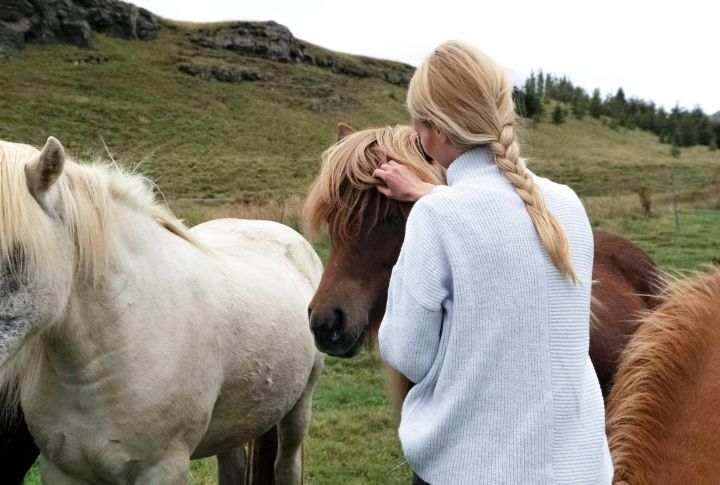
Over time, domesticated horses develop emotional relationships with their humans. Very different from their wild counterparts, they begin to trust their owners, forming a connection based on care and interaction. They also respond to their owners’ actions and often show affection, creating strong, lasting alliances.

